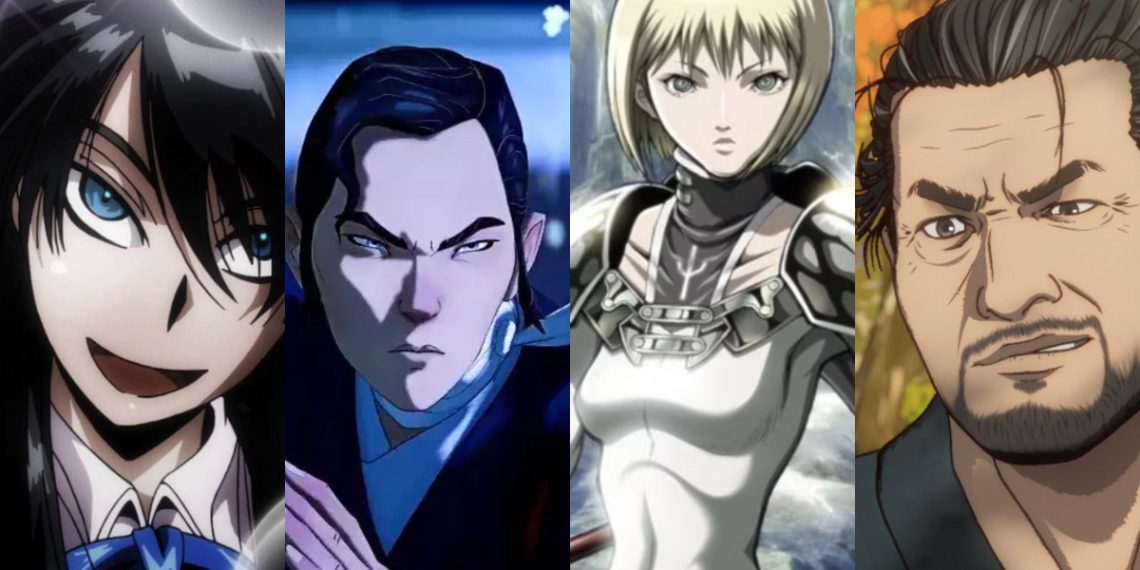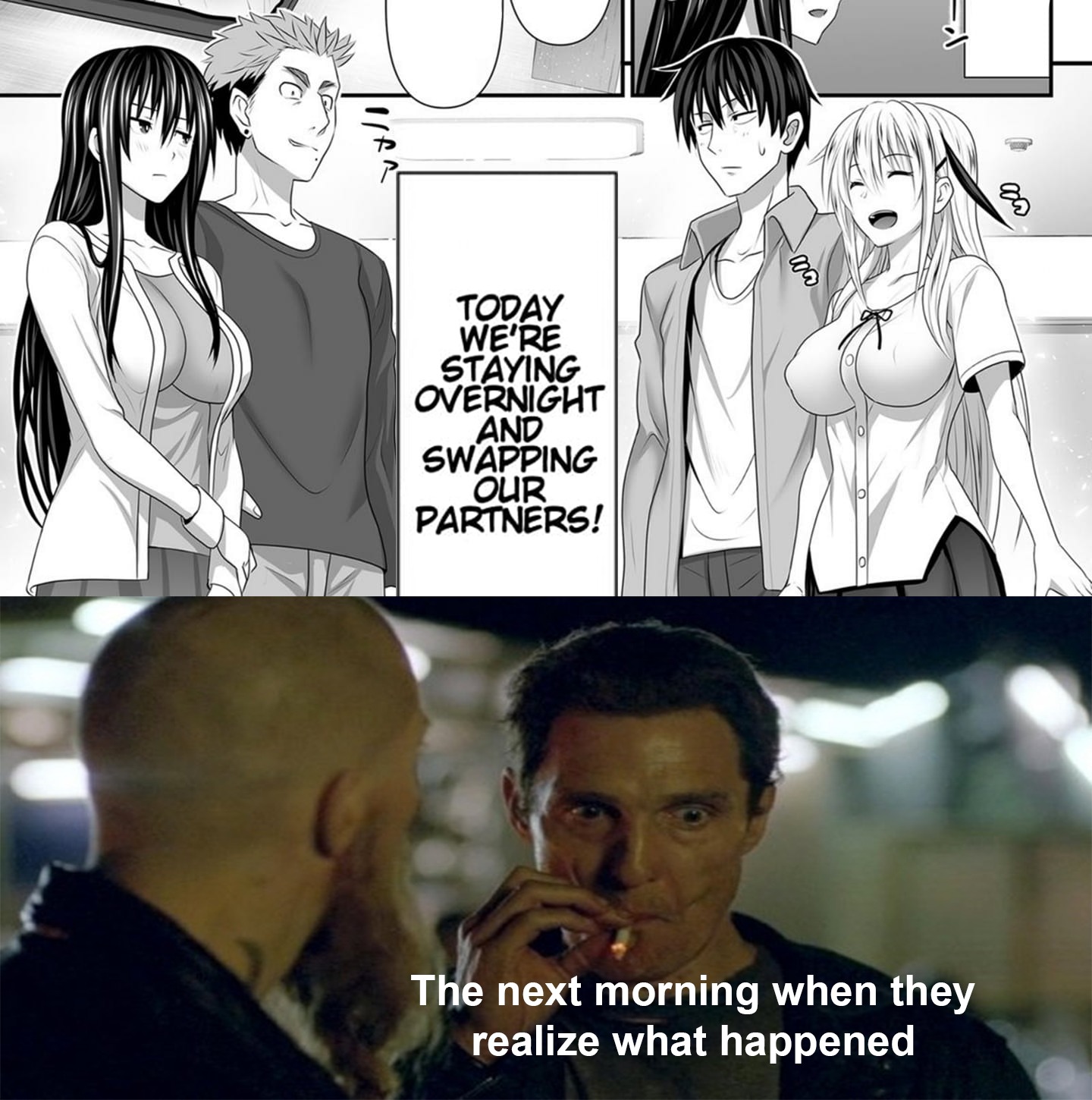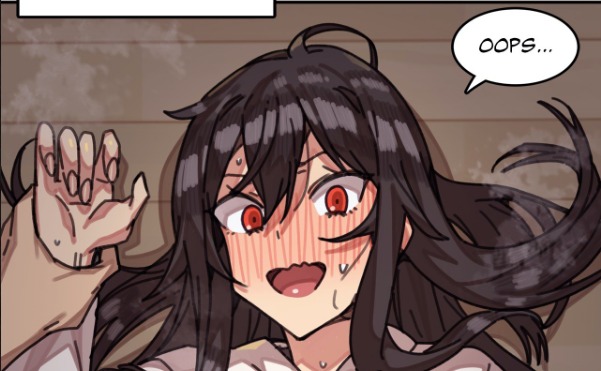The term “anime” covers animated movies and TV shows crafted by Japanese studios and creators. While it once predominantly catered to adult audiences, the genre has expanded its horizons over time. Although children’s features were the initial focus, anime now offers a diverse array of content suitable for various demographics.
Interestingly, the influence of anime has transcended borders, inspiring creators worldwide to produce adaptations of the art form.
For instance, consider “Blue Eye Samurai,” an animated series set in Japan that draws inspiration from the anime genre. Notably, it is a collaborative effort between American and French creators, distinguishing it from traditional Japanese anime.
Despite this distinction, “Blue Eye Samurai” still appeals to anime enthusiasts due to its thematic elements and storytelling approach. Moreover, fans of the series are likely to enjoy other anime titles, showcasing the universality of the genre’s appeal.
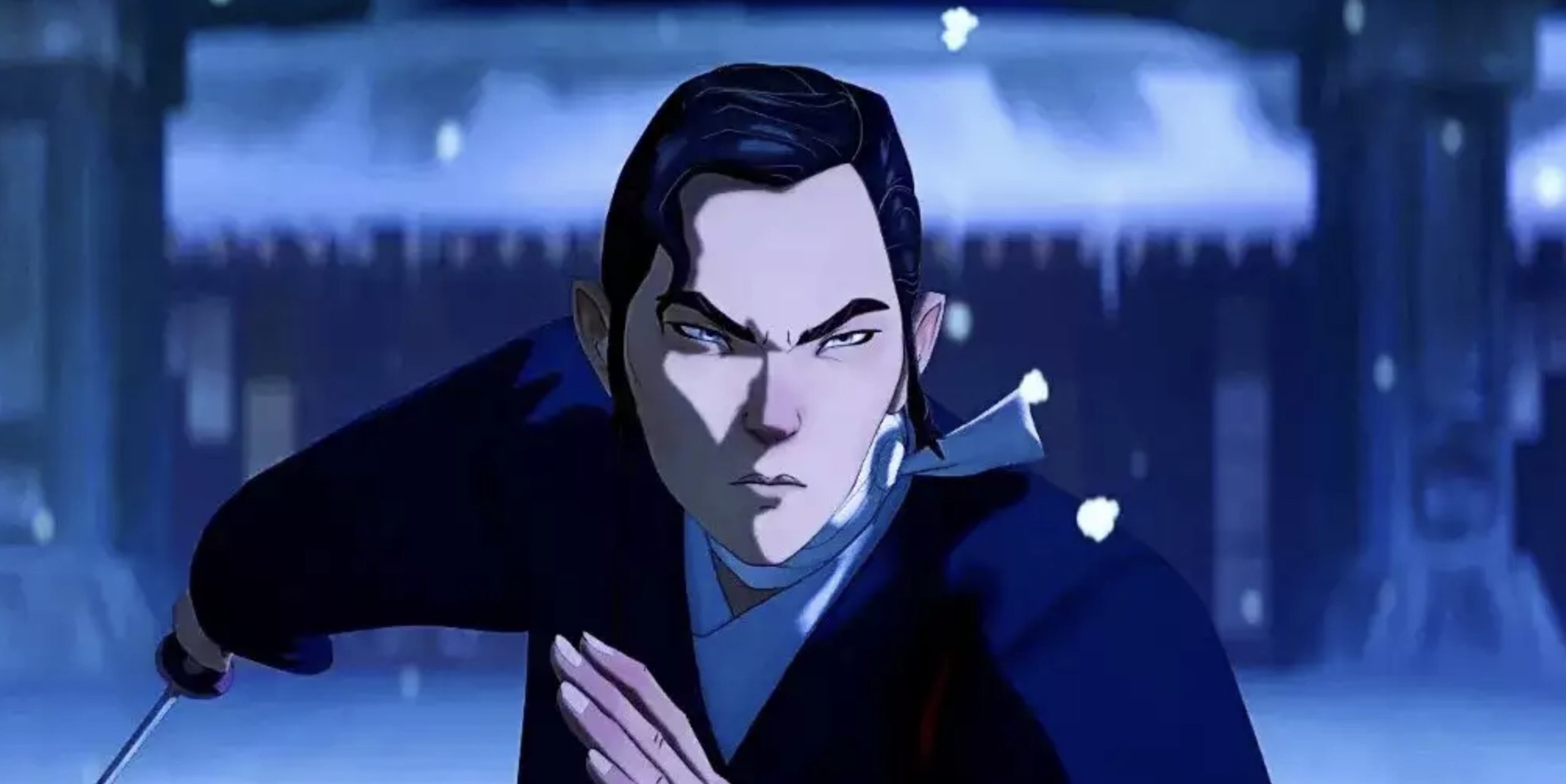
Within the anime, narratives centered around samurai warriors and their traditions hold significant prominence. “Blue Eye Samurai” contributes to this rich world by infusing historical figures and post-colonial themes with the classic samurai aesthetic.
Its success has not only warranted a second season but also sparked interest in similar anime productions.
As fans eagerly await the continuation of “Blue Eye Samurai,” several other series have emerged or gained recognition, offering viewers a diverse selection to explore in the interim.
The evolution of anime reflects its adaptability and enduring appeal. While rooted in Japanese culture and creativity, the genre’s reach extends globally, fostering collaboration and innovation across borders.
“Blue Eye Samurai” serves as a witness to this phenomenon, bridging cultural influences to create amazing narratives.
As audiences immerse themselves in the anime, they discover rich stories waiting to be explored, transcending boundaries and amazing hearts worldwide.
Afro Samurai and 9 More Anime Series You Should Watch If You Liked Blue Eye Samurai
Here is a list of the top 10 anime series that you should watch if you liked the story and characters of Blue Eye Samurai
10. Afro Samurai
“Afro Samurai” transcends its anime roots, manifesting in both series and movie formats, with the sequel, “Afro Samurai: Resurrection,” exclusively released as a feature film. This dark fantasy saga, accompanied by a distinctive soundtrack and featuring the unmistakable voice of Samuel L. Jackson, amazes audiences with its unique blend of American aesthetics and Japanese craftsmanship, courtesy of Gonzo Studios.
Set in a dystopian world teeming with ghosts, demons, and malevolent machinery, “Afro Samurai” proceeds as a gripping tale of vengeance and redemption.
The titular character, Afro, explores a storyline fraught with peril and betrayal as he begins on a relentless quest to claim the coveted Number One headband—an artifact imbued with immense power and prestige. In his path lie formidable adversaries and moral dilemmas, each testing Afro’s resolve and fortitude.
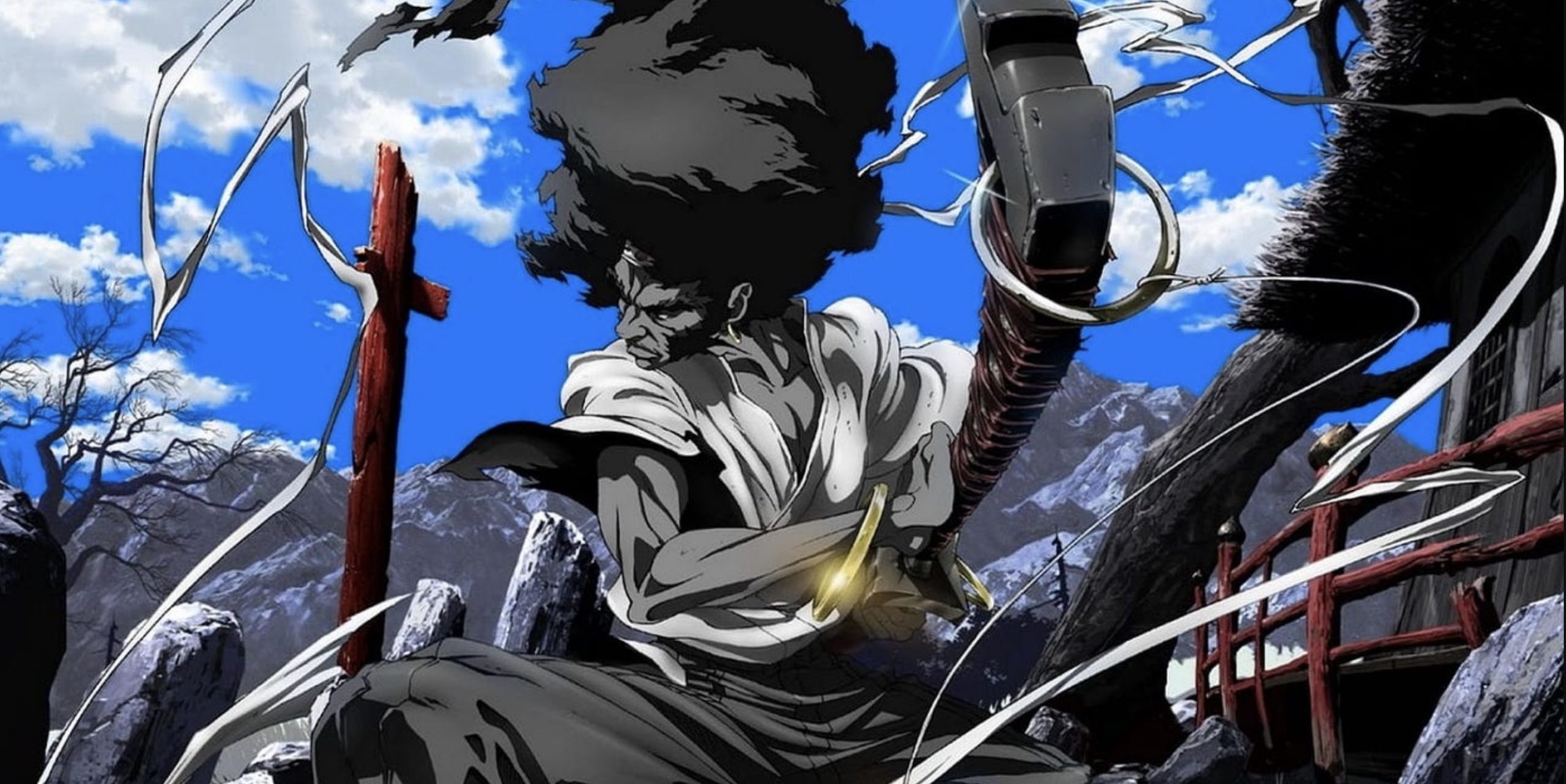
Much like Mizu in “Blue Eye Samurai,” Afro embodies a resolute and stoic demeanor, driven by a singular purpose amidst the chaos of his surroundings.
However, while Mizu’s journey proceeds against the backdrop of historical Japan, Afro’s exploits transpire in a world where the boundaries between reality and nightmare blur.
Within this dark and fantastical world, themes of violence, sexuality, and existential dread converge, immersing viewers in a visceral and thought-provoking narrative.
“Afro Samurai” deftly merges elements of dark fantasy and science fiction, offering a visceral and uncompromising portrayal of a world gripped by darkness and corruption.
As Afro carves his path through hordes of adversaries, the series confronts themes of power, morality, and the cyclical nature of violence. With its striking visuals, evocative soundtrack, and memorable performances, “Afro Samurai” stands as a witness to the creative synergy between American and Japanese storytelling traditions.
As audiences go into its shadowy depths, they are ensnared by its potent blend of action, intrigue, and existential reflection—a witness to the enduring power of the anime medium to amaze and inspire.
9. Ōoku: The Inner Chambers
“Ōoku: The Inner Chambers” offers a bold reimagining of history, blending elements of alternative history and science fiction to create a narrative that transcends traditional genre boundaries.
Set against the backdrop of Edo Period Japan, the series presents a world drastically altered by a devastating disease that decimated the male population, leaving women to assume roles of power and authority.
In this alternate reality, women have ascended to positions of prominence in education, politics, and commerce, while men are relegated to the status of commodities bought and sold in a society governed by matriarchal dominance.
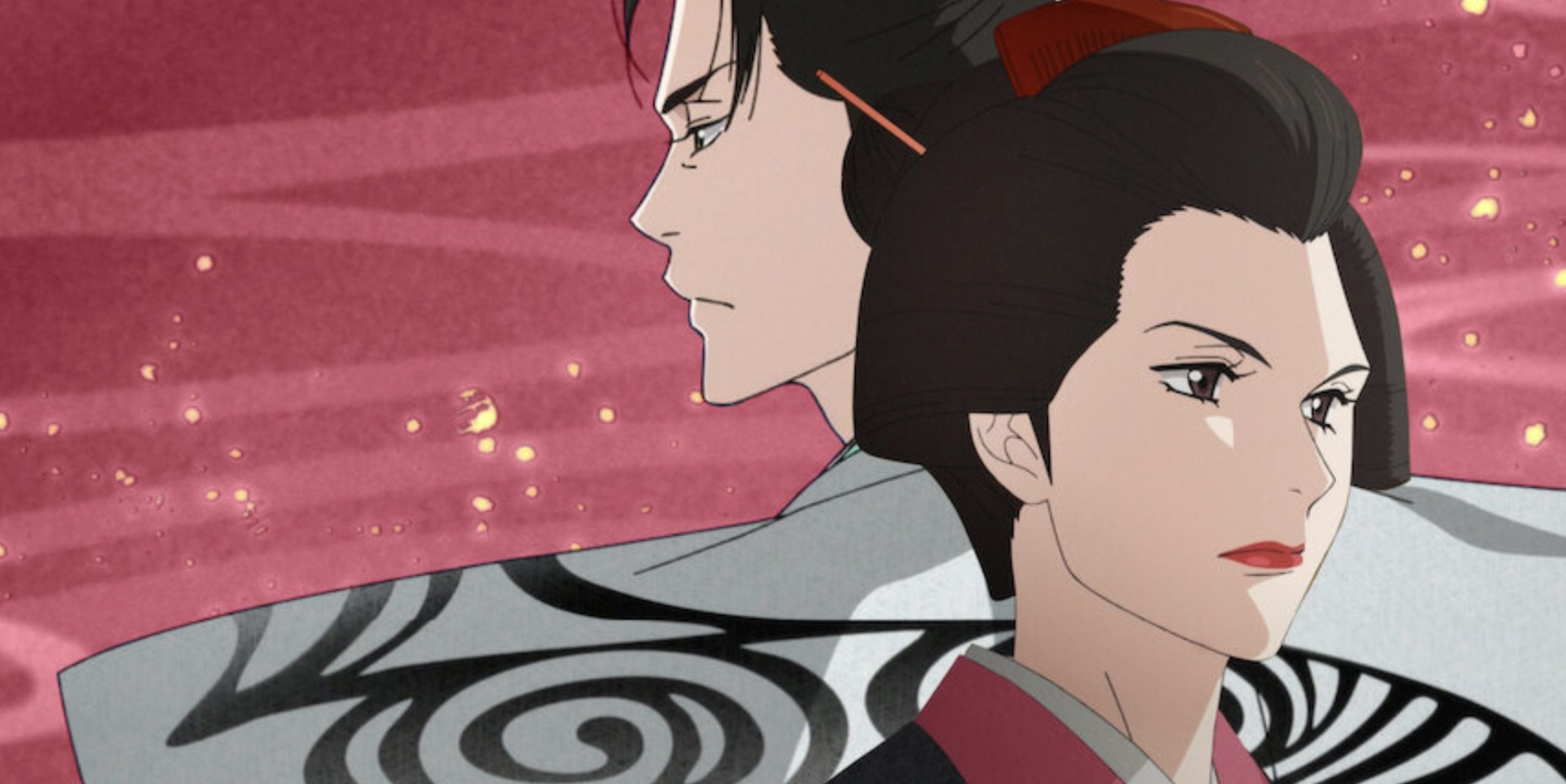
Despite these radical shifts in the social hierarchy, the importance of genealogy remains paramount, leading families to bestow boys’ names upon their daughters in a desperate attempt to conceal the absence of male heirs.
“Ōoku: The Inner Chambers” goes into themes of gender identity, societal norms, and the enduring legacy of patriarchal systems, echoing the exploration of medieval gender roles found in “Blue Eye Samurai.”
Through its provocative premise and nuanced storytelling, the series challenges viewers to reconsider their assumptions about power, privilege, and the dynamics of authority.
While rooted in historical context, “Ōoku: The Inner Chambers” ventures into speculative territory, offering a thought-provoking examination of what might have been.
As audiences immerse themselves in this alternate reality, they are confronted with questions of identity, agency, and the fragility of societal constructs—a witness to the enduring relevance of speculative fiction in exploring the complexities of human experience.
8. Samurai Champloo
“Samurai Champloo,” much like “Blue Eye Samurai,” proceeds against the backdrop of Japan’s Edo Period, albeit with a distinct twist. While the narrative of Fuu and her eclectic band of travelers is set within this historical framework, it diverges from a conventional portrayal of the era.
Rather than adhering strictly to historical accuracy, the series introduces anachronistic elements and playful reinterpretations of real events.
At the heart of “Samurai Champloo” is Fuu, a spirited young woman on a quest to find her long-lost father, known as the “samurai who smells like sunflowers.”

Armed only with fragments of memory—a scentless flower and a cryptic skull-shaped talisman—Fuu begins on a journey fraught with mystery and adventure. Along the way, she enlists the aid of two wandering ronin, forming an unlikely trio bound by destiny and circumstance.
The series deftly weaves together elements of action, humor, and introspection, offering viewers vibrant characters and experiences.
Through its eclectic blend of historical references and imaginative storytelling, “Samurai Champloo” invites audiences to ponder the nature of identity, purpose, and the bonds that unite us.
As Fuu and her companions traverse the winding roads of Edo-era Japan, they encounter a myriad of challenges and revelations, each contributing to their transformative journey.
In “Samurai Champloo,” the line between reality and fiction blurs, creating an amazing narrative that transcends the constraints of time and space.
Much like “Blue Eye Samurai,” the series amazes audiences with its richly imagined world and compelling characters, leaving an indelible mark on anime storytelling.
As viewers follow Fuu’s quest for truth and belonging, they, too, begin on a voyage of self-discovery—an odyssey fueled by courage, camaraderie, and the enduring power of the human spirit.
7. Drifters
“Drifters” offers a clever subversion of expectations, drawing viewers into what initially appears to be a medieval period drama with its opening scene set amidst the historic Battle of Sekigahara in 1600.
However, the narrative takes a dramatic turn as protagonist Toyohisa Shimazu finds himself thrust into a fantastical world populated by monsters, demons, and unexpected incarnations of historical figures presumed dead.
Central to the story is Toyohisa’s journey as he explores this surreal storyline, encountering familiar faces like the warlord Nobunaga Oda, who becomes an unlikely ally in the battle against the malevolent forces of the Ends.
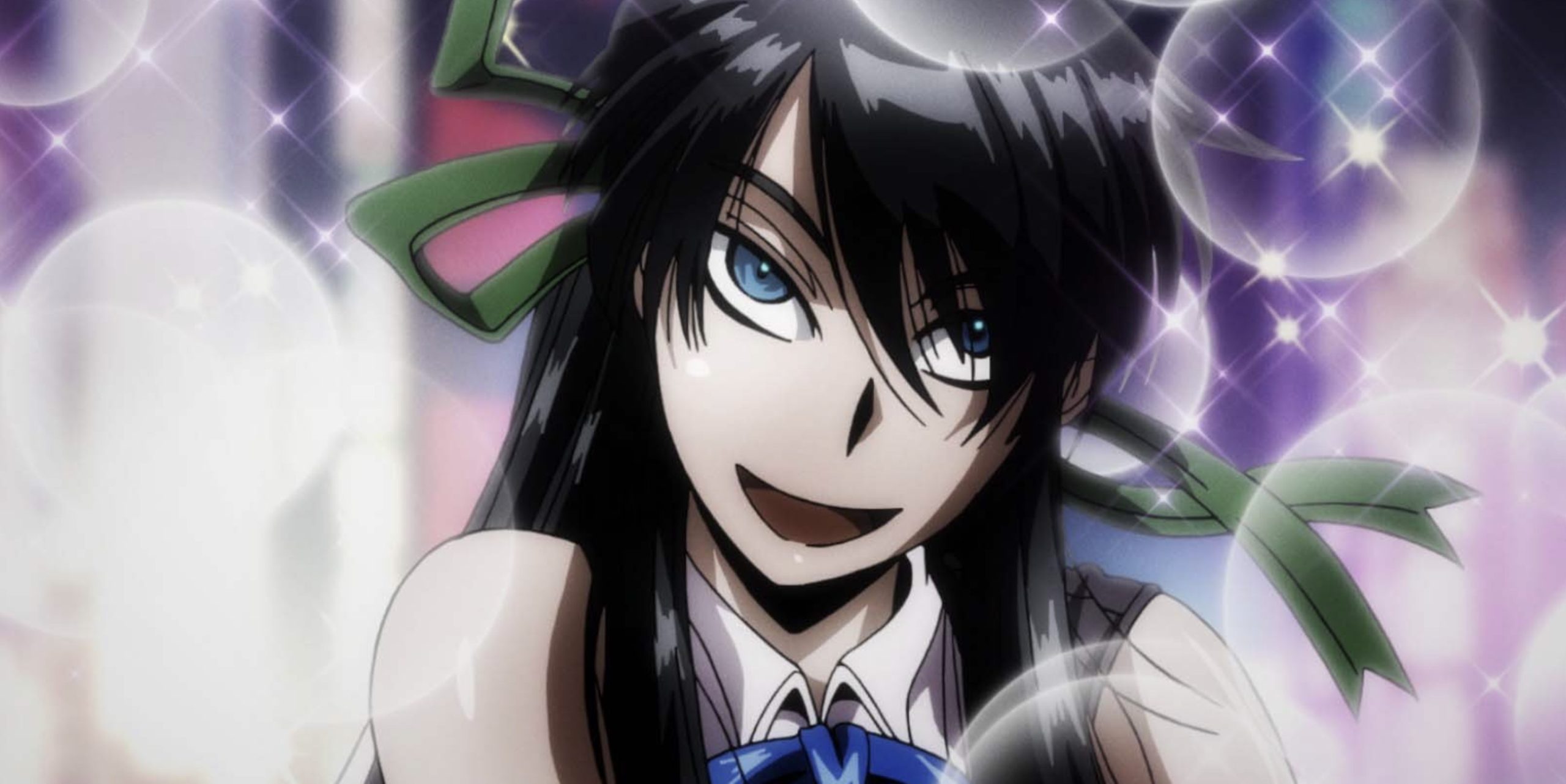
The term “Drifters” refers to a select group of warriors, including Toyohisa, who are plucked from different points in history and tasked with confronting the Ends—an organization responsible for the creation of the sinister Orte Empire.
As the conflict escalates, the Drifters find themselves embroiled in a high-stakes struggle to protect the inhabitants of this alternate universe, including elves and other fantastical creatures, from the relentless onslaught of Orte’s forces.
With each encounter, alliances are forged, and the true nature of the Drifters’ mission begins to proceed, revealing layers of intrigue, betrayal, and redemption.
Through its blend of historical figures, fantastical elements, and pulse-pounding action, “Drifters” amazes audiences with its intricate world-building and dynamic character dynamics.
As the battle between Drifters and Ends intensifies, viewers are drawn deeper into a narrative brimming with twists, turns, and unexpected revelations—a witness to the series’ ability to defy expectations and keep audiences on the edge of their seats.
6. Onimusha
While technically categorized as a miniseries based on a video game, “Onimusha” still embodies the quintessential elements of a classic anime storyline, appealing to a wide audience with its amazing narrative.
Despite its origin as a video game adaptation, there’s speculation surrounding the possibility of a second season, albeit not necessarily a direct sequel. Instead, enthusiasts anticipate a continuation or spin-off exploring the rich lore of the same video game franchise.
“At its core, “Onimusha” revolves around a mystical artifact known as the Oni Gauntlet, a powerful tool imbued with the ability to combat demons. However, its potency comes with a dire consequence: prolonged usage corrupts the wielder, transforming them into a demon themselves.

As a result, the gauntlet must be wielded judiciously, for only a brief duration, before being safeguarded by someone versed in the recitation of Buddhist sutras, which serve to suppress its malevolent energies.
Despite its origins in video games, “Onimusha” transcends its medium, offering viewers a riveting tale of power, temptation, and sacrifice.
Through its immersive storytelling and dynamic characters, the series explores themes of morality, destiny, and the inherent struggle between light and darkness.
As audiences immerse themselves in the “Onimusha,” they begin on a journey brimming with danger and intrigue, where the line between hero and villain becomes increasingly blurred.
While its classification as a miniseries may distinguish it from traditional anime, its enduring appeal and potential for future installments solidify its status as a beloved entry in animated storytelling.
As fans eagerly await news of a second season or related project, they remain enthralled by the saga of the Oni Gauntlet—a tale of power coveted, battles waged, and destinies entwined.
5. Claymore
“Claymore,” a timeless series produced by Madhouse Studios, has garnered a dedicated fanbase over the years, despite its unresolved cliffhanger ending.
Set in an alternative medieval Europe reminiscent of the animated “Castlevania” adaptation, the series amazes audiences with its dark and mysterious narrative.
At its core, “Claymore” revolves around an elite cohort of female warriors known as Claymores. These formidable fighters wield powers derived from their demonic heritage, beginning on perilous missions to combat evil forces.
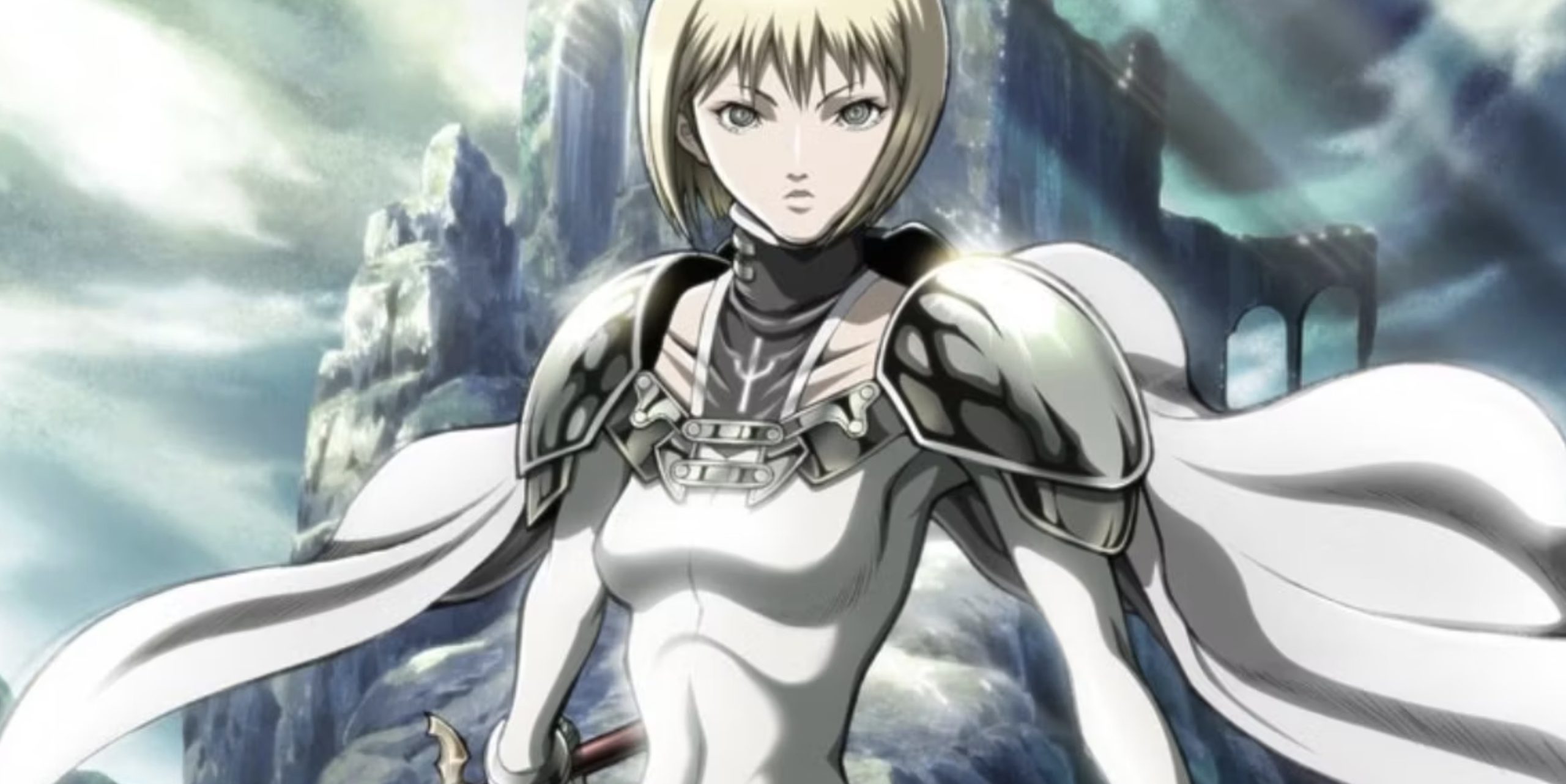
With its blend of horror and fantasy elements, the series delivers a gripping tale replete with visceral gore and intense violence, making it unsuitable for younger audiences—much like “Blue Eye Samurai.”
In both “Claymore” and “Blue Eye Samurai,” viewers are drawn into intricately crafted worlds where courage and sacrifice intertwine.
Despite the divergent settings and storylines, both series share a common thread of exploring the complexities of power, identity, and redemption amidst the backdrop of fantastical worlds.
As fans immerse themselves in the dark and immersive universe of “Claymore,” they find themselves beginning on a journey filled with suspense, intrigue, and unyielding action—a witness to the enduring allure of the anime medium.
4. House Of Five Leaves
“House of Five Leaves” introduces us to Masanosuke Akitsu, a samurai adrift without a master. Unlike those who suffer demotion or exile, Masanosuke’s predicament stems from his mild demeanor and lack of martial prowess, rendering him unsuitable for traditional samurai roles.
Struggling to secure employment in a society that values strength and combat skill, Masanosuke faces the looming specter of poverty.
Faced with limited options, Masanosuke reluctantly accepts a job offer from the local crime lord, initially serving as a simple bodyguard.
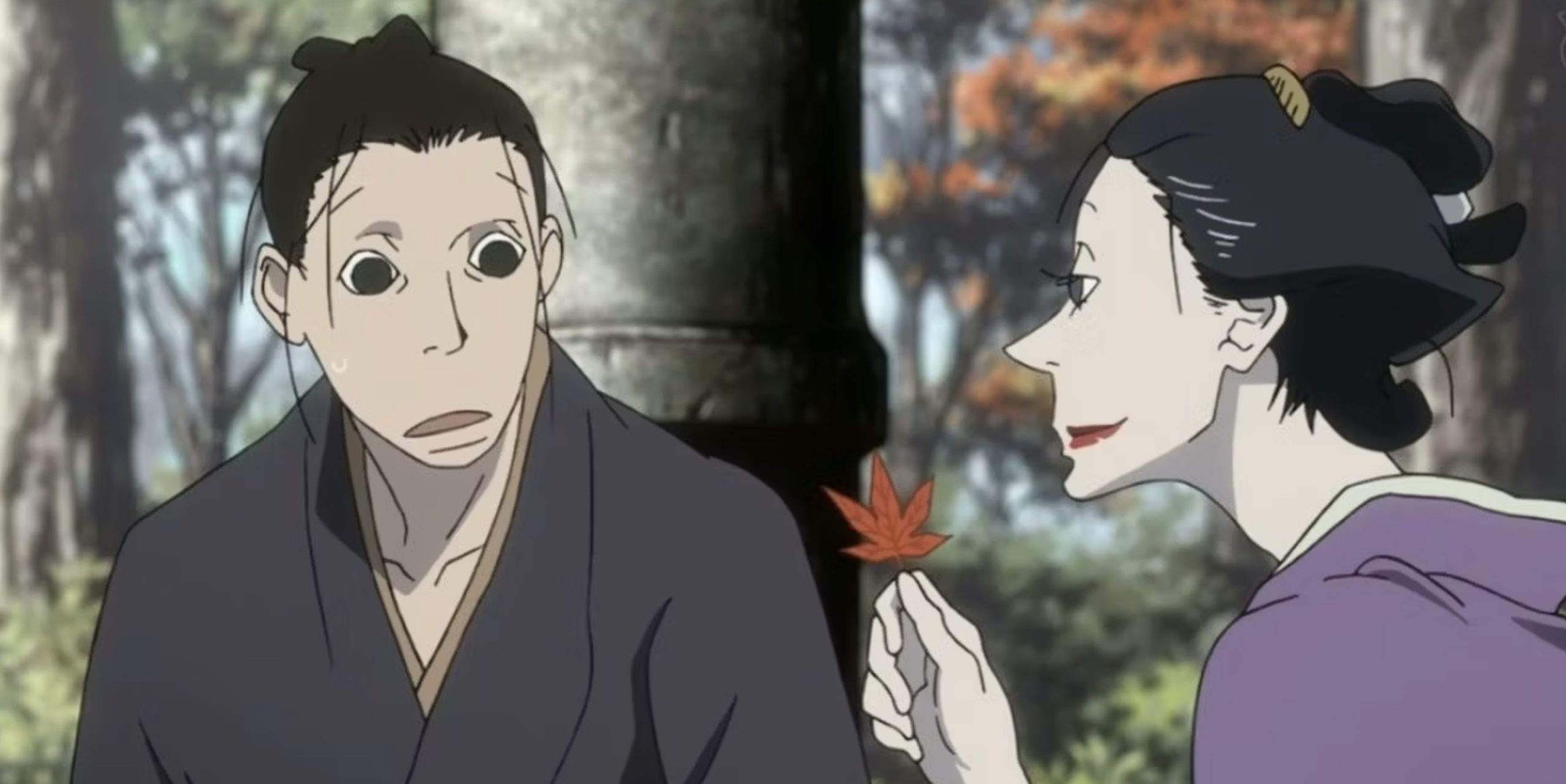
However, as he becomes increasingly embroiled in the gang’s illicit activities, Masanosuke finds himself drawn deeper into the shadowy underworld. Despite his initial trepidation, Masanosuke’s innate curiosity compels him to go further into the secrets and histories of those around him.
As Masanosuke grapples with the moral complexities of his newfound position, he discovers a sense of purpose and belonging among the members of the Five Leaves gang.
While his journey is fraught with danger and uncertainty, Masanosuke’s gradual transformation from reluctant accomplice to active participant reflects the series’ exploration of identity, loyalty, and the pursuit of redemption.
Through Masanosuke’s eyes, “House of Five Leaves” offers a nuanced portrayal of honor and morality in a world defined by its shadows.
As he explores the murky waters of crime and loyalty, Masanosuke’s journey becomes a compelling meditation on the nature of identity and the choices that shape our destinies.
3. Yasuke
“Yasuke” ventures into science fantasy and alternative history, offering an amazing reinterpretation of the 16th century that diverges from traditional depictions of medieval Japan.
Inspired by a real historical figure, the series crafts a fantastical narrative that transports viewers to an unconventional and mesmerizing world.
At its core, “Yasuke” follows the remarkable journey of its titular protagonist, based on the historical figure of the same name. Arriving in Japan alongside Jesuit missionaries, Yasuke finds himself thrust into intrigue and conflict, serving as a samurai in the retinue of the legendary Lord Oda Nobunaga.
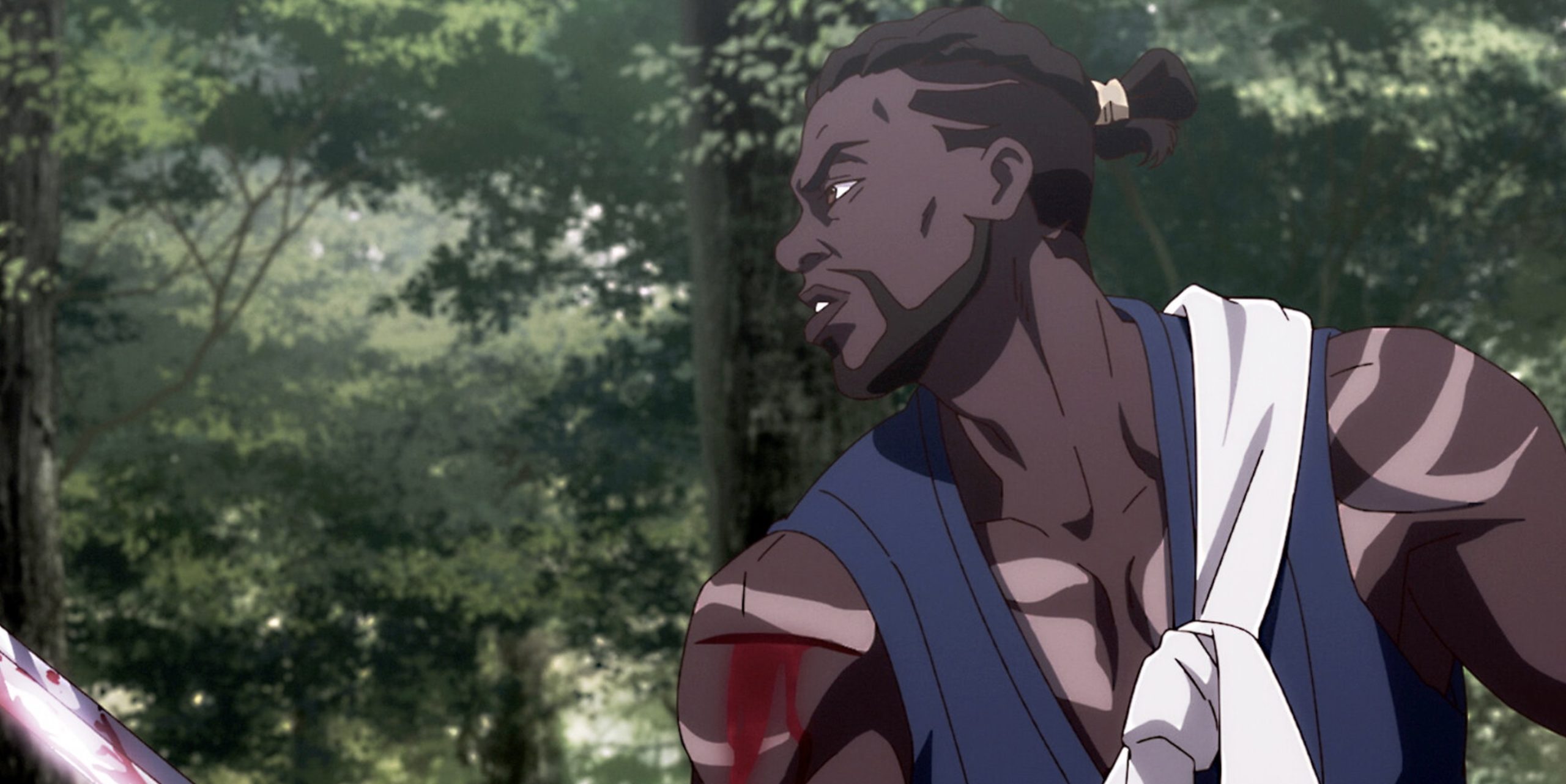
However, when tragedy strikes, and his master falls in battle, Yasuke’s path takes a dramatic turn, leading him on a quest for vengeance against the Dark Shogun.
Drawing inspiration from historical events and figures, “Yasuke” weaves an adventure and mysticism, immersing viewers in a world where the boundaries between reality and fantasy blur.
Alongside Yasuke’s journey of self-discovery and redemption, the series explores themes of honor, loyalty, and the enduring power of the human spirit.
As viewers begin on this epic odyssey, they are treated to rich characters, including familiar faces like Mugen from “Samurai Champloo,” Afro Samurai, and Gintoki from “Gintama.”
These iconic figures serve as a witness to the enduring legacy of samurai lore within the anime genre, further enriching the narrative “Yasuke.”
2. Hakuouki
“Hakuouki” shares a thematic resonance with “Blue Eye Samurai,” both revolving around protagonists who adopt disguises to explore a society constrained by gender norms and societal expectations.
In the case of “Hakuouki,” our central character, Chizuru Yukimura, begins on a perilous journey disguised as a samurai in search of her missing father. This narrative thread parallels the quest for familial connection and identity explored in “Blue Eye Samurai.”
Chizuru’s quest takes on a mysterious twist as she goes deeper into her father’s disappearance, uncovering dark secrets and supernatural elements lurking beneath the surface.
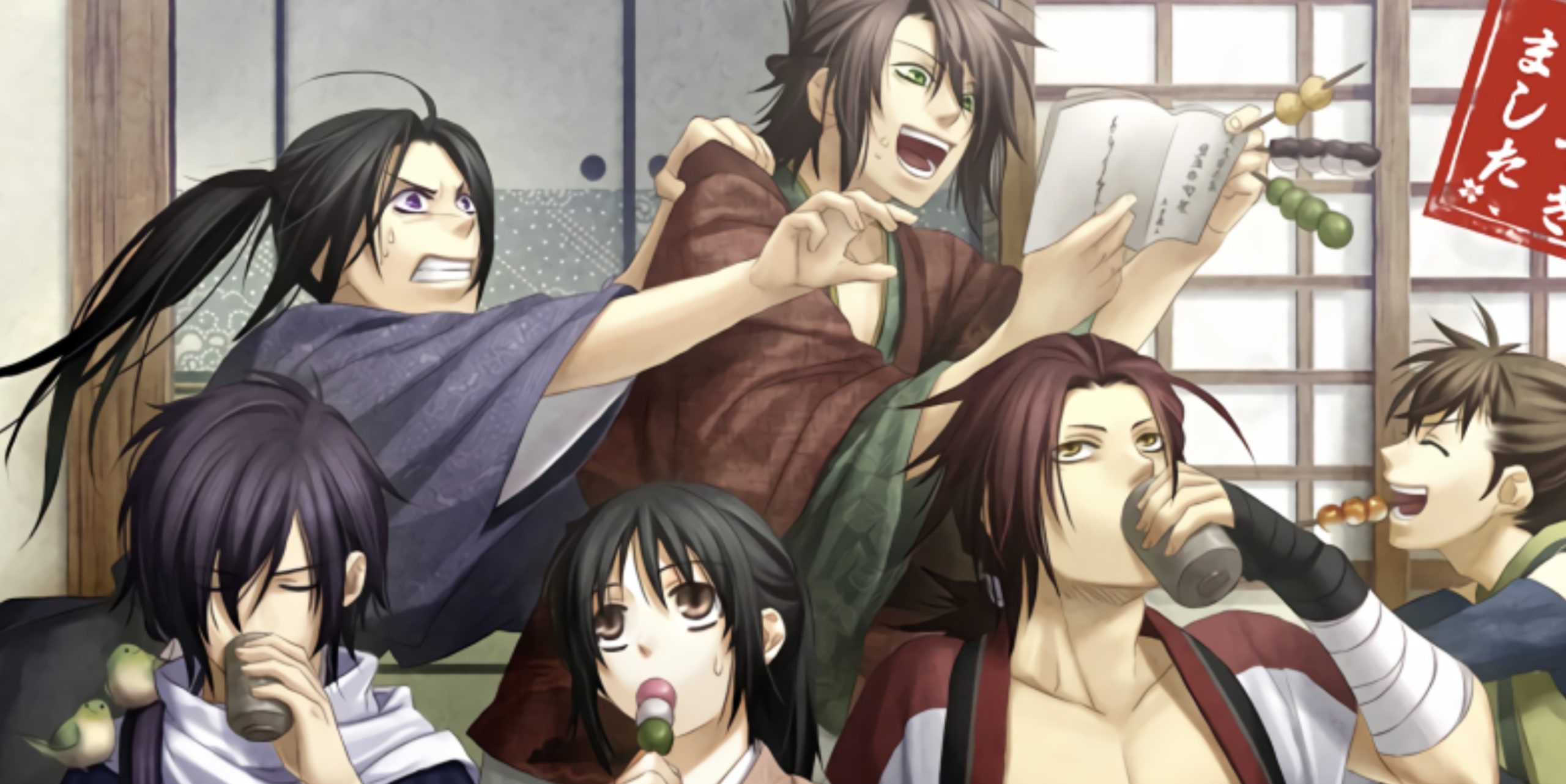
The series proceeds across multiple seasons and films, each installment delving further into Chizuru’s journey and the intricate web of intrigue surrounding her father’s involvement.
While the focus of “Hakuouki” differs from the vengeance-driven narrative of “Blue Eye Samurai,” both series share a common thread of self-discovery, adventure, and the pursuit of truth.
As Chizuru explores the tumultuous Kyoto, she confronts challenges that test her courage and resolve, ultimately shaping her into a formidable force in her own right.
For newcomers to the franchise, the first season of “Hakuouki” serves as an entry point into amazing historical intrigue, supernatural mysteries, and compelling characters.
As audiences immerse themselves in Chizuru’s journey, they are transported to a bygone era where samurai and secrets abound, inviting them to unravel the mysteries that lie within.
1. Hyouge Mono
For aficionados of historical accuracy akin to “Blue Eye Samurai,” “Hyouge Mono” emerges as an exemplary choice. Set against the backdrop of the tumultuous Sengoku Period, which predates the Edo Period depicted in “Blue Eye Samurai,” the series offers a meticulous portrayal of Japan’s feudal era without the embellishments of modern music or science fiction elements.
At the center of “Hyouge Mono” is Furuta Sasuke, a samurai in the service of the renowned Lord Oda Nobunaga, a figure of historical significance who also features prominently in “Yasuke.”
Unlike the fantastical twists found in other series, Sasuke’s narrative proceeds within the confines of real historical events and references, capturing the core of a nation embroiled in civil war.
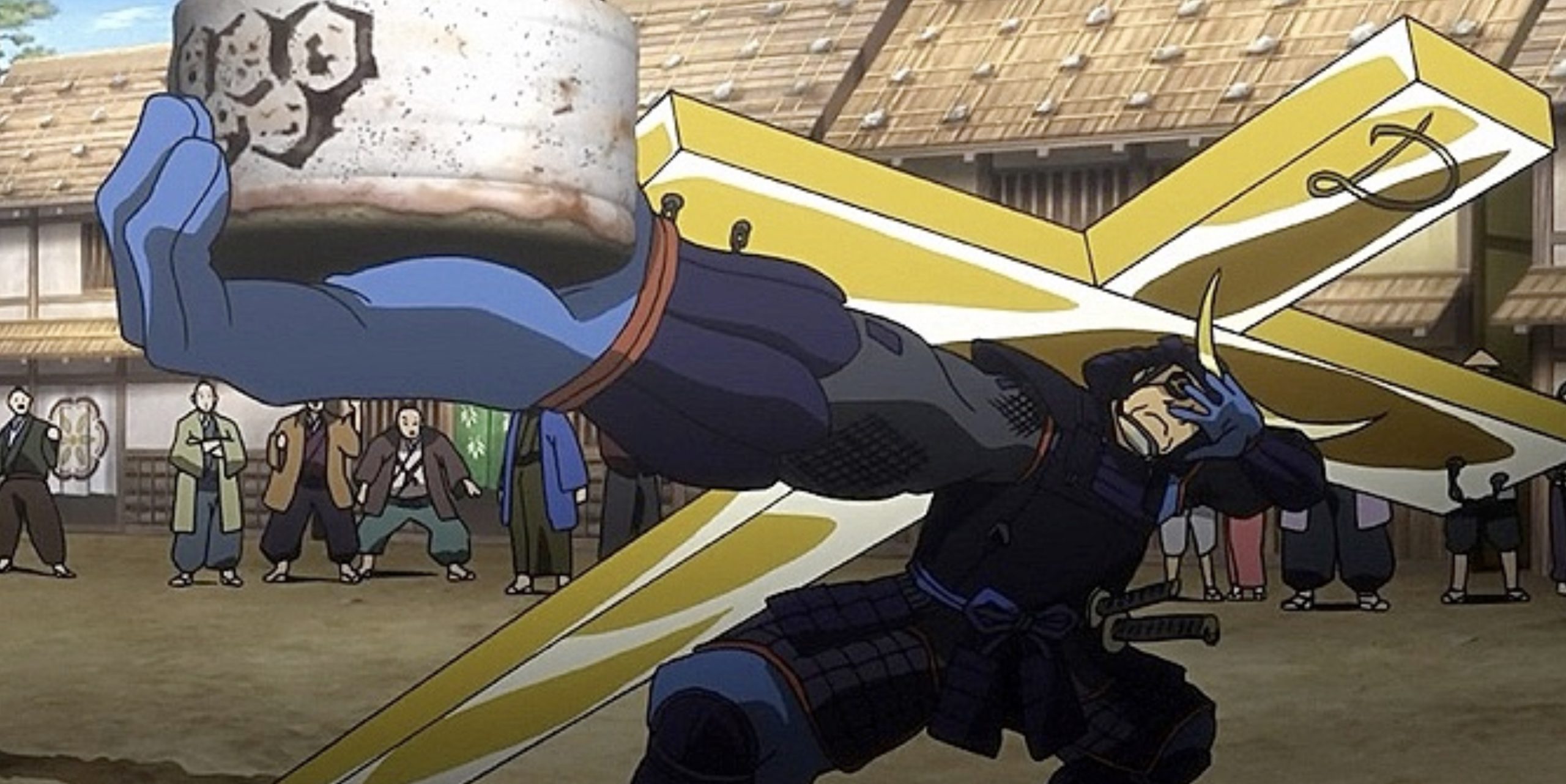
One notable aspect of “Hyouge Mono” is Sasuke’s fascination with the tea ceremony, a traditional Japanese art form that serves as a backdrop for much of the series’ intrigue and character development.
Through Sasuke’s eyes, viewers are afforded a peek into the intricacies of tea culture and its profound impact on the social and political aspects of the Sengoku Period.
In contrast to the speculative elements of other series, “Hyouge Mono” remains firmly grounded in historical authenticity, drawing upon meticulous research and attention to detail to recreate the ambiance of feudal Japan.
As viewers immerse themselves in Sasuke’s world, they are transported back in time to an era defined by honor, ambition, and the relentless pursuit of power—a witness to the enduring allure of historical drama in anime storytelling.
Memes of the Day
SEGGS FRIEND [Makinosaka Shinichi]
Honorable Mentions
The Girl That Lingers in the Wall
This wild fan art collection – Blonde Aqua
Blonde Aqua Fan Arts. #anime pic.twitter.com/MnkK8YF1Jx
— OtakuKart (@otakuanimeblog) April 3, 2024

